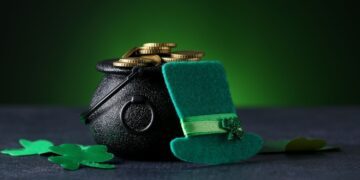
10 Festive Facts About Easter Friday
In the past, the word "good" was synonymous with the word "holy." So Good Friday was originally also known as Holy Friday.
Pulling crackers on Christmas, trick-or-treating on Halloween, or giving roses on Valentine’s Day are all traditions passed down through the ages, but why do we do these strange things?
Why do we celebrate things like Easter or St. Patrick’s Day? And why on earth do crazy holidays like Put A Pillow on Your Fridge Day even exist?
Here, you’ll find facts about your favorite holidays and celebrations, as well as funny holidays you’ve never even heard about.

In the past, the word "good" was synonymous with the word "holy." So Good Friday was originally also known as Holy Friday.

Spring fever is a condition in which people feel unwell early in spring. Symptoms include mood swings, restlessness or low energy.

The spring equinox symbolizes renewal in the world of spirituality, and is a time to forget the past and focus on the present.

St. Patrick's Day has been observed since the fifth century, but its first parade was only held in 1762 in New York City.

As their daylight hours aren't affected that much, countries near the equator typically don't observe Daylight Saving Time.

When Pharaoh Ramses II of Ancient Egypt was buried, daffodil bulbs were used to cover each of his eyes.

People born in the Year of the Dragon are said to be highly energetic, outgoing, and talented, making them great leaders.

Frozen yogurt originated in the Middle East and India around 5,000 years ago.

The same compound responsible for Violets' fragrance, ionone, also temporarily blocks your ability to smell them.

Penguins are known for being monogamous, but this doesn't always last. Up to 70% of pairs ultimately go their separate ways.

Although they are known for their beauty, snowdrops are actually poisonous and can irritate the skin when handled.

New York's first New Year's Eve ball drop was in 1907. The ball was made of wood and iron and weighed 700 pounds (318 kilograms).